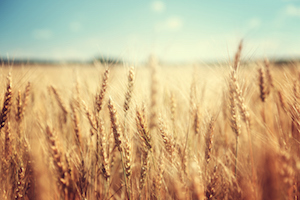Sarah Lancaster, Weed Science Extension Specialist from the Department of Agronomy at Kansas State University, is sharing her advice for producers who want more control over weeds in their field post-wheat harvest. She notes that post-harvest weed control is essential to conserve soil moisture and prevent weeds from going to seed.
Glyphosate plus 2,4-D and/or dicamba have been the go-to options for weed control in stubble, according to Lancaster. However, the development of glyphosate-resistant weeds has left producers with no choice but to search for an alternative option. Higher rates of the 2,4-D and dicamba can potentially improve control, but Lancaster notes that it’s best to avoid exceeding 1 qt/acre of 2,4-D or a pint/acre of dicamba.
An herbicide alternative to glyphosate that may be more effective is paraquat. This is a contact herbicide, so Lancaster says producers must focus on spray coverage. Spray volumes of 20 gallons/acre or higher are ideal, especially when it comes to larger weeds or denser stands.
A tank mix with atrazine can enhance control and offer some residual weed control if producers intend to plant corn or sorghum the following spring, according to Lancaster. New research at K-State indicates that making the paraquat application as soon as possible after the wheat harvest allows for better coverage and more effective weed control.
Flumioxazin is another pre-plant/pre-emergence treatment that may be used. A recent reduction in price makes it worth considering as a part of stubble management treatments for residual weed control.
More information on post-wheat harvest weed control can be found by visiting the K-State Department of Agronomy website.
